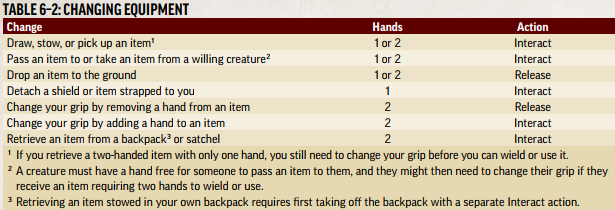I had yet another character concept for the AoA adventure path.
cc @Cortillaen, @Rando, @Mithinar, @Ryuken.
Since we currently have plenty of melee and not much utility, I thought it might be fun/helpful to create a ranged rogue (plus I found another neat picture to use).
So I’m wondering if a short bow wielding rogue might be viable, and perhaps pickup a dedication into ranger as well to get feats like “Hunter’s Aim”. I haven’t done any math on this yet. Just curious if y’all think the idea is potentially viable or DOA. If nothing else, it seems like upgrading the one bow would be cheaper than two sawtooth sabers.
Oh, also I’m thinking of making a Nidalese human rogue with the Gloomseer ancestry feat and ultimately Darkseer as well. @Rando, I know, I won’t be splitting from the party or anything. Still seems neat to be able to legit sneak in the dark though (and not be a goblin/dwarf/etc.).
PS - I started a new thread on this topic b/c I felt like my posts in the main thread were getting spammy  .
.
PPS - Shortbow seems neat because it doesn’t the volley trait, but I am concerned about the smaller damage die. Maybe sneak attack can make up the difference?
Also, question about the rogue’s poison feats. Can I use that with a bow? Seems like the two handedness would be an issue. I’m not sure how to read the 1+ entry for bows/hands on this?
 I’m happy to talk mechanics until the sun goes dark.
I’m happy to talk mechanics until the sun goes dark.



